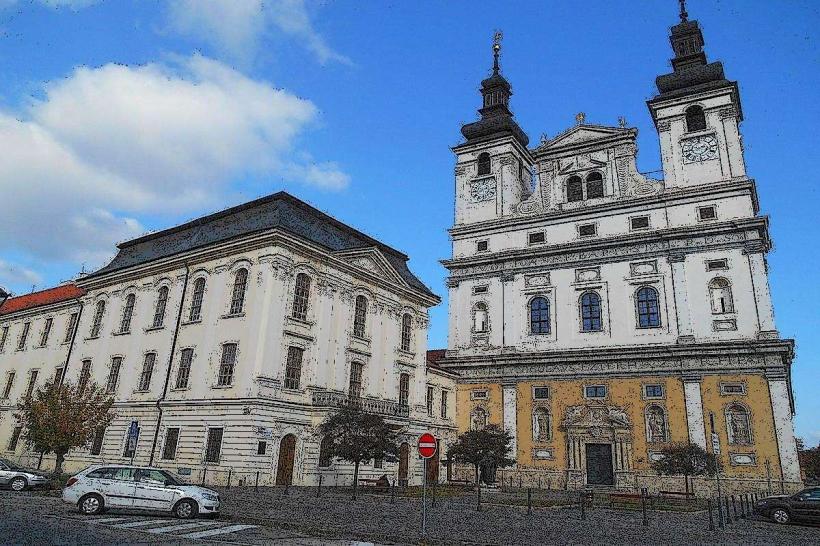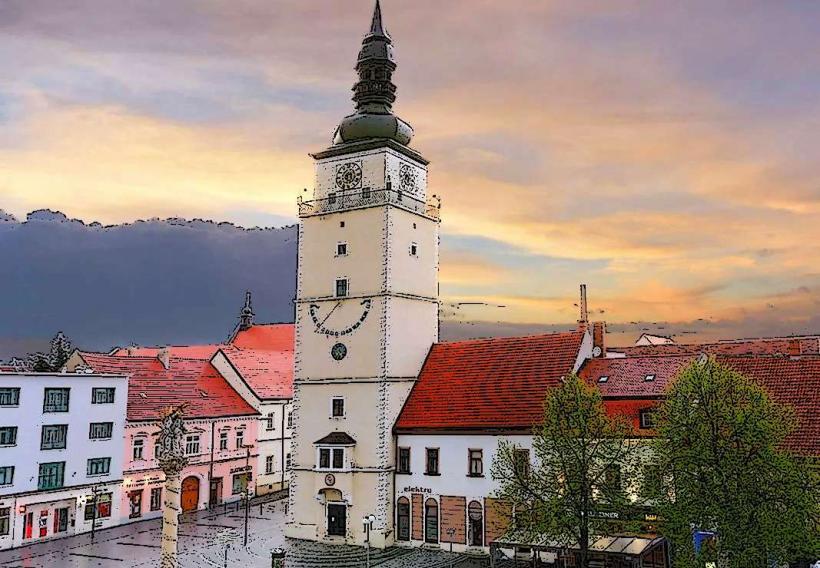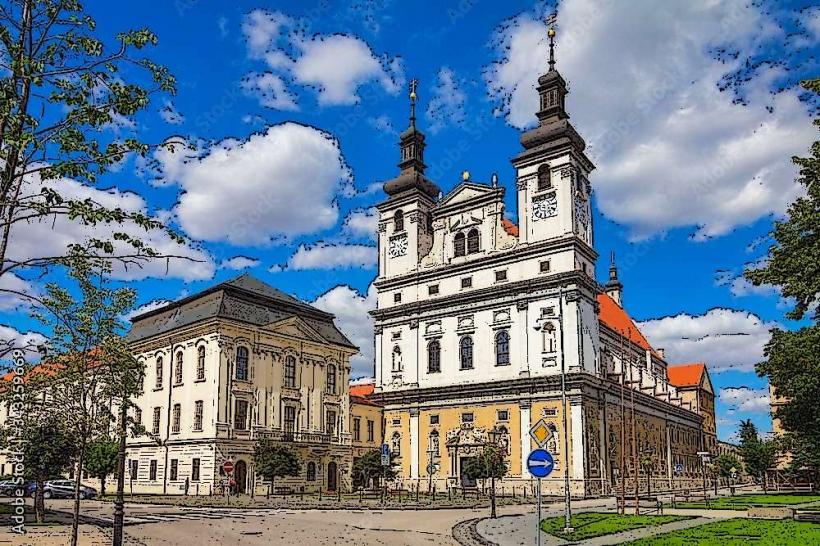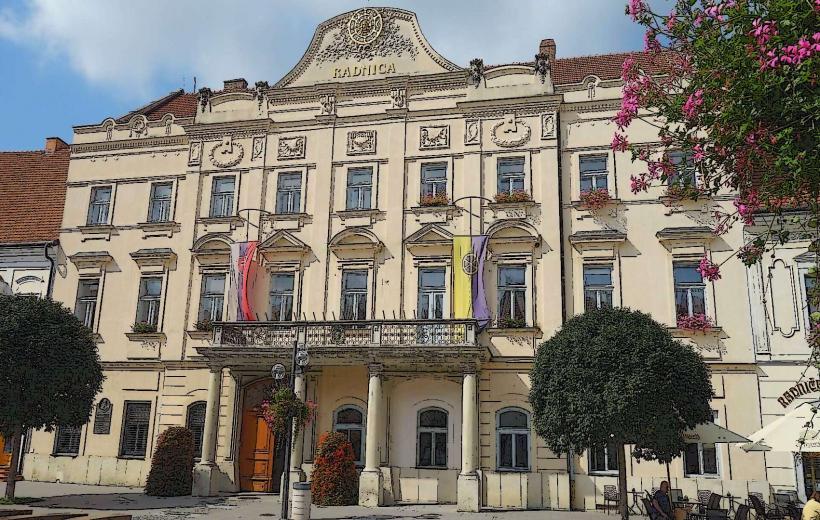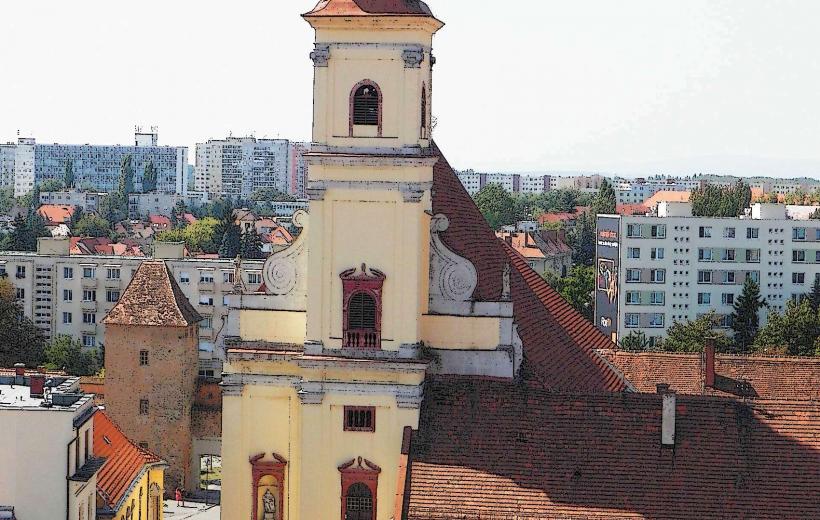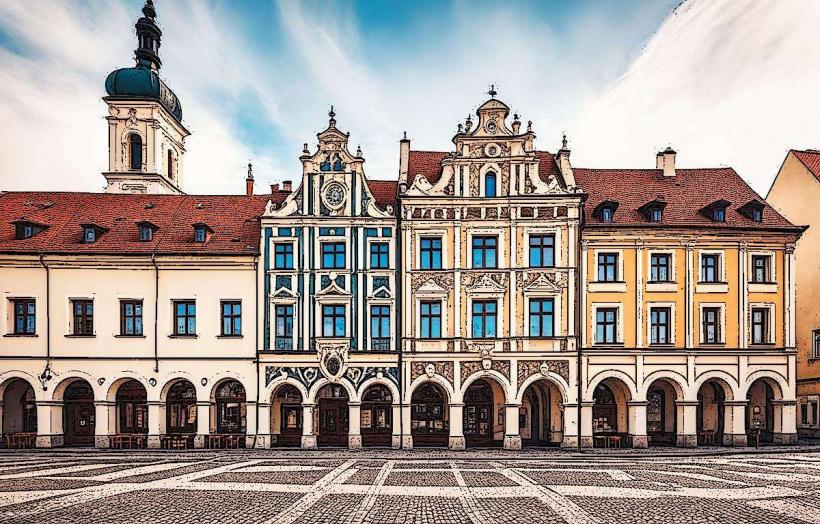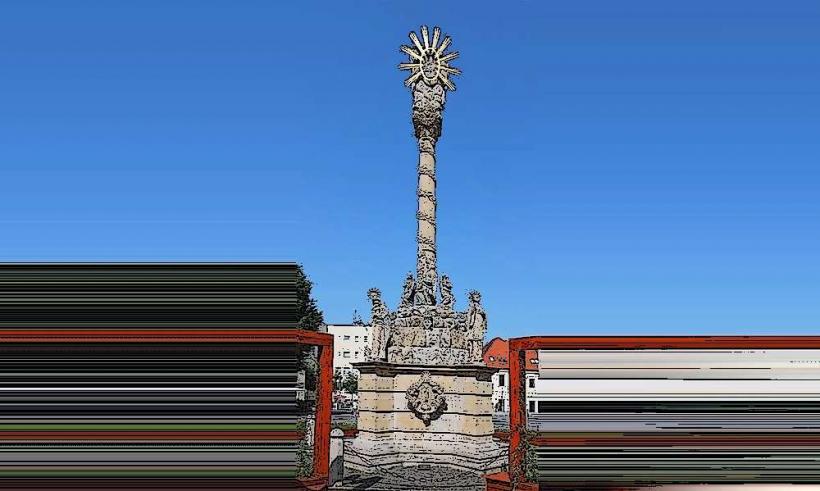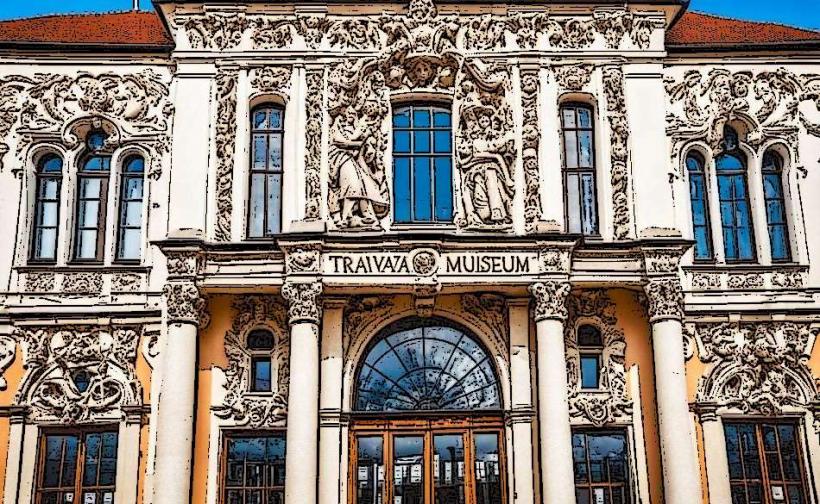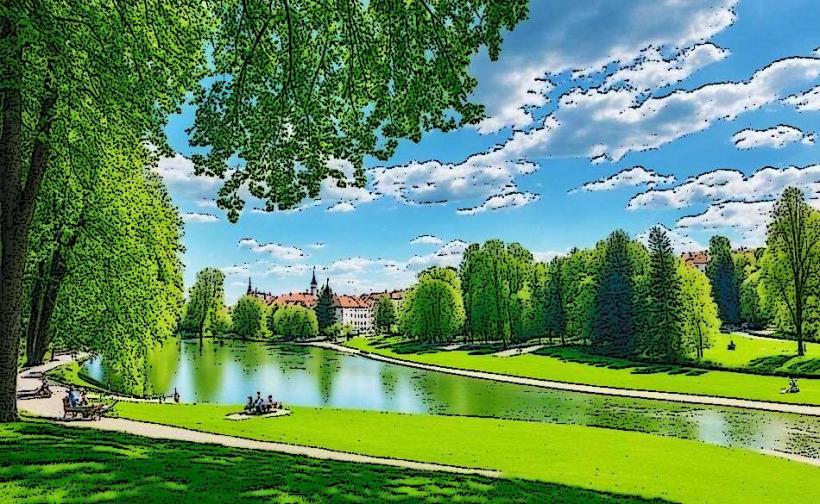Information
City: TrnavaCountry: Slovakia
Continent: Europe
Here are the details about Trnava, a historic city in western Slovakia, excluding specific landmarks:
General Information:
- Country: Slovakia
- Region: Trnava Region
- District: Trnava District
- Population: Approximately 65,000 (as of 2023)
- Area: 71.53 km² (27.61 sq mi)
- Time Zone: Central European Time (CET, UTC +1), Central European Summer Time (CEST, UTC +2)
- Currency: Euro (€)
- Language: Slovak (official)
- Transportation:
- Public Transport: A local bus network connects various parts of the city.
- Train Station: Trnava has a major railway station providing domestic and international connections.
- Road Links: Located on key road networks, including highways leading to Bratislava, Nitra, and Žilina.
- Nearby Airports: Bratislava International Airport is about 50 km away.
History:
- Early History: Settled since the prehistoric era, with evidence of Celtic and Roman presence.
- Medieval Era: Trnava received town privileges in 1238, becoming the first free royal town in the Kingdom of Hungary. Known as a hub for trade and religion.
- Renaissance and Baroque Era: During the 16th century, Trnava became a center for religious and cultural life in Slovakia, often called "Little Rome" due to its numerous churches.
- Modern Era: In the 19th and 20th centuries, the city grew as an industrial and educational center.
Economy:
- Overview: Trnava is an economic hub, combining industry, services, and education.
- Key Sectors:
- Automotive Industry: A major Stellantis (formerly PSA Peugeot Citroën) plant operates in the city, employing thousands.
- Engineering and Manufacturing: Various smaller industries contribute to the local economy.
- Tourism: Known for its well-preserved historical core and vibrant cultural events.
- Education and Research: Universities and research centers play a significant role in the local economy.
- Trade and Retail: The city has a thriving retail and service sector.
Government:
- Status: Trnava is the administrative center of the Trnava Region.
- Administrative Division: Divided into several districts, including the historic center and residential suburbs.
- Mayor: The city is governed by a mayor and a municipal council, elected every four years.
Culture:
- Arts and Entertainment: Trnava has a rich cultural scene, including music, theater, and visual arts.
- Theater and Performing Arts: The Ján Palárik Theatre is a leading cultural institution in the city.
- Music: The city hosts concerts ranging from classical to contemporary genres.
- Film and Art: Local cinemas, galleries, and cultural centers showcase Slovak and international works.
- Museums and Galleries: The city offers various museums focusing on history, art, and religious heritage.
Education:
- Universities:
- University of Trnava: Specializing in humanities, social sciences, and law.
- Saint Cyril and Methodius University: Known for programs in arts, education, and science.
- Research Centers: Focus on areas such as history, theology, and applied sciences.
Architecture:
- Style: Trnava is known for its Gothic, Renaissance, and Baroque architecture, alongside modern developments.
- Urban Layout: The city center retains its medieval layout, with preserved fortifications and historical buildings surrounded by newer districts.
Parks and Recreation:
- Green Spaces:
- Park Janka Kráľa and Trnavské rybníky are popular for outdoor activities.
- Sports:
- Home to FC Spartak Trnava, one of Slovakia's top football clubs.
- Facilities for tennis, basketball, and athletics are widely available.
Demographics:
- Ethnic Composition: Predominantly Slovak, with small Hungarian and Roma communities.
- Religion: Strong Roman Catholic presence, reflecting the city’s religious heritage.
- Languages: Slovak is the official language, with some Hungarian and Czech also spoken.
Climate:
- Type: Trnava has a temperate continental climate.
- Summer: Warm and sunny, with temperatures averaging 20°C to 30°C (68°F–86°F).
- Winter: Cold, with average temperatures around -2°C to 5°C (28°F–41°F).
Sports:
- Football (Soccer):
- FC Spartak Trnava is a major club with a strong fanbase and a modern stadium.
- Ice Hockey and Athletics: Facilities for ice hockey, running, and other sports are popular.
International Relations:
- Twin Cities: Trnava has partnerships with several international cities, including Balassagyarmat (Hungary), Varaždin (Croatia), and Bielsko-Biała (Poland).
Key Events and Festivals:
- Trnava Fair: A historical market event held annually, featuring local crafts, food, and entertainment.
- Cultural Summer: A series of concerts, performances, and exhibitions during the summer months.
- Christmas Market: Featuring traditional Slovak crafts, cuisine, and seasonal activities.
- Music and Film Festivals: Trnava hosts events showcasing Slovak and international talents.
Trnava, often referred to as "Little Rome," is a city with deep historical and cultural roots. Its strategic location, vibrant economy, and rich architectural heritage make it one of Slovakia’s most significant urban centers.

